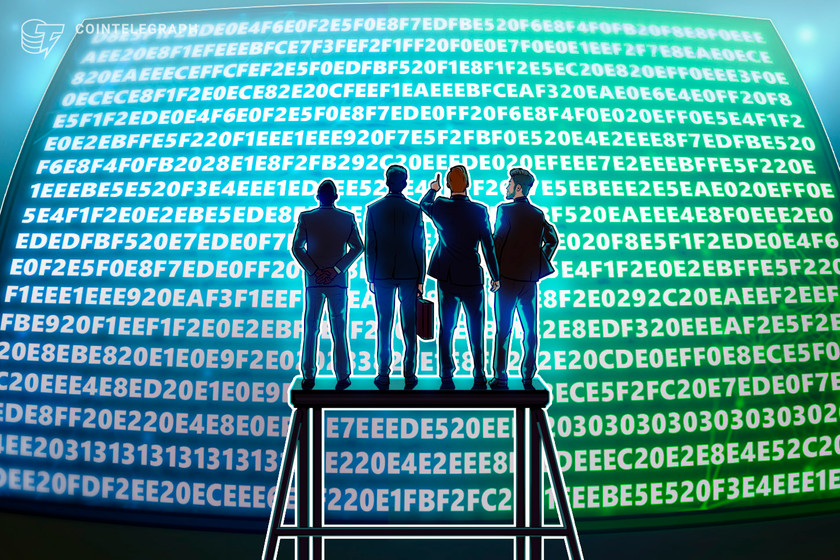Proof of reserves (PoR) has gone from a buzzword to a roar in recent weeks as the crypto world tries to recover from the shock and losses of the current crypto winter. After a flurry of discussion and work, criteria and rankings for adequate PoR are beginning to appear, but the fine points of how to conduct proof of reserves, or even who should do it, remain open questions.
The difference between proof of assets and proof of reserves was pointed out quickly, along with their deficiencies by themselves. Traditional auditors’ attempts at providing PoR were soon frustrated, with major firms stepping up and quickly retreating.
I’m sorry but no. This is not PoR. This is either ignorance or intentional misrepresentation.
The merkle tree is just hand wavey bullshit without an auditor to make sure you didn’t include accounts with negative balances. The statement of assets is pointless without liabilities. https://t.co/b5KSr2XKLB
— Jesse Powell (@jespow) November 25, 2022
Auditors may never provide the assurance users seek from PoR, Doug Schwenk, CEO of Digital Asset Research (DAR) told Cointelegraph. Audits are done periodically, while crypto trades around the clock “Ideally you would have a way to measure those liabilities and the assets in some kind of real time,” he said.
DAR provides information and vetting services to major firms in traditional finance and produces the FTSE Russell index in conjunction with the London Stock Exchange. “We like to see proof of reserve. […] It’s not enough for us to say we feel satisfied, but it is certainly better than nothing.” He added:
“In the world that we’re navigating right now, better than nothing is sometimes a good starting place.”
To complicate matter further, centralized (CeFi) and decentralized (DeFi) platforms present radically different challenges. Thanks to its transparency, “proof of reserve is worthy of calling [itself] proof of reserve” in DeFi, according to Amit Chaurhary, head of DeFi research for Polygon, a scalable blockchain ecosystem compatible with Ethereum.
Related: Proof-of-reserves: Can reserve audits avoid another FTX-like moment?
Chaudhary told Cointelegraph that the zero-knowledge Ethereum Virtual Machine (zkEVM) being developed by the company brings “battled-tested security” to PoR. That software uses Merkle trees to see both positive (asset) and negative (liability) balances and allows a user to verify their accounts while maintaining a high level of privacy. In…
Click Here to Read the Full Original Article at Cointelegraph.com News…
























